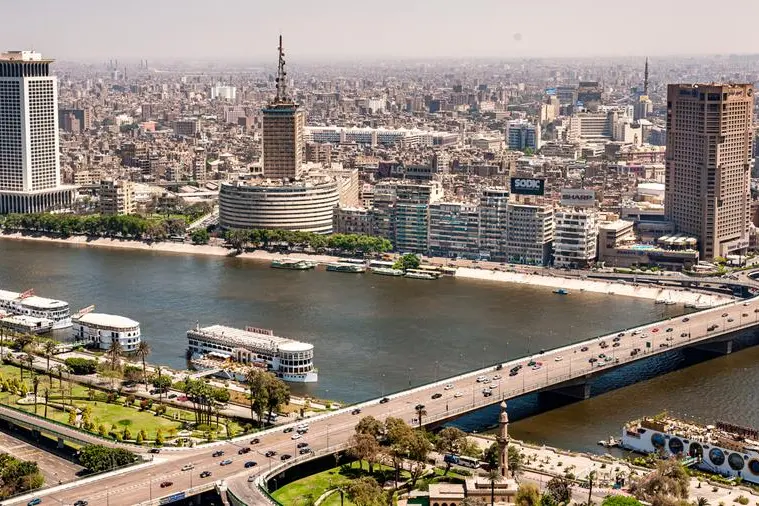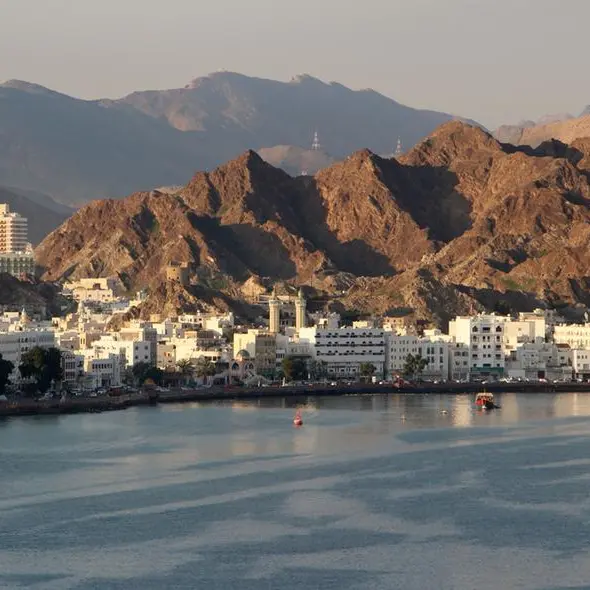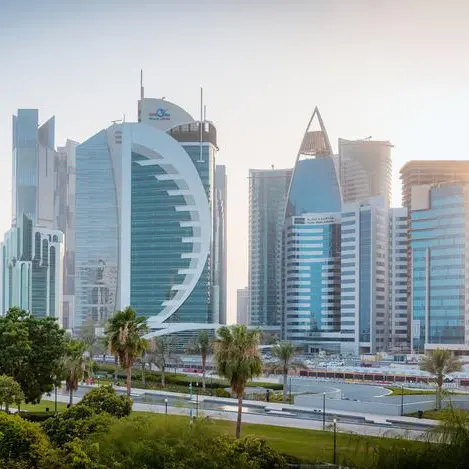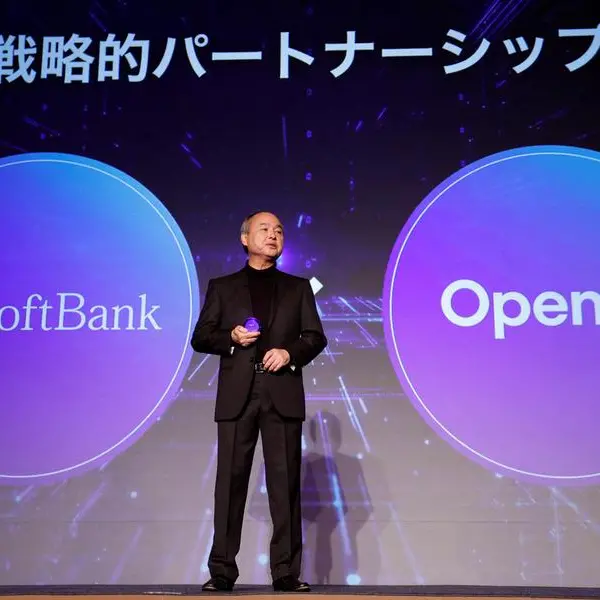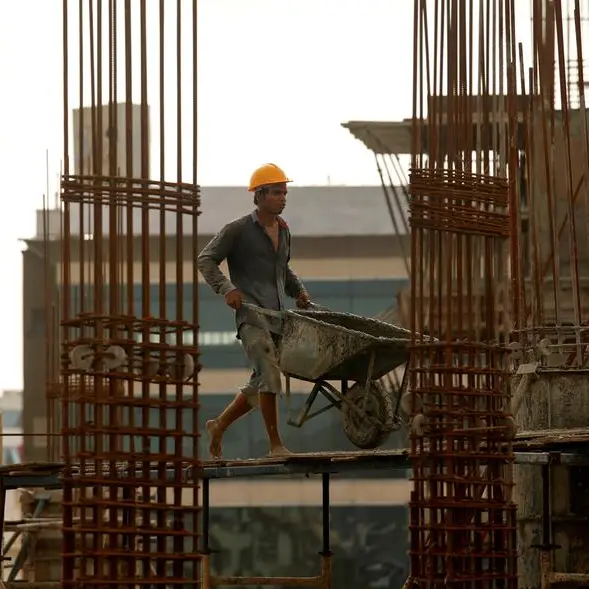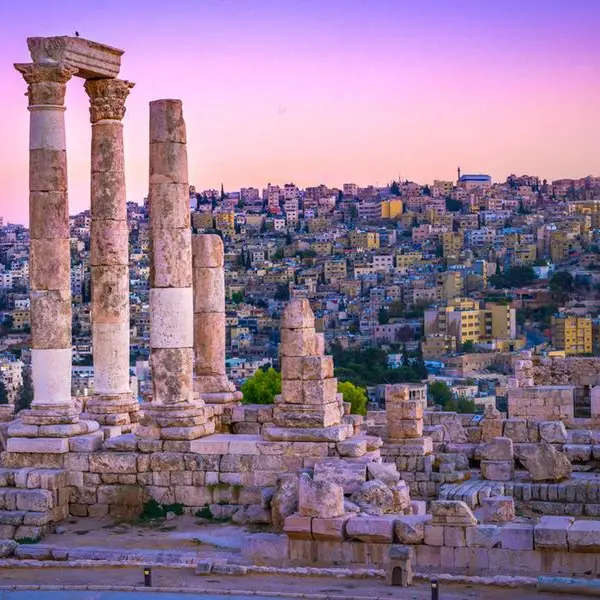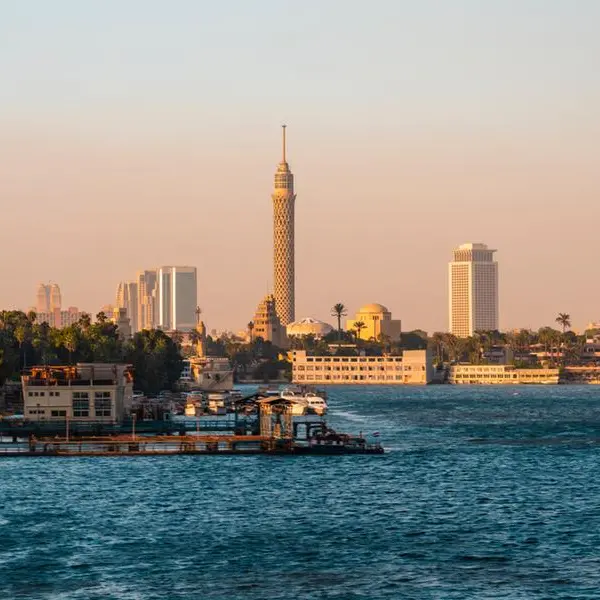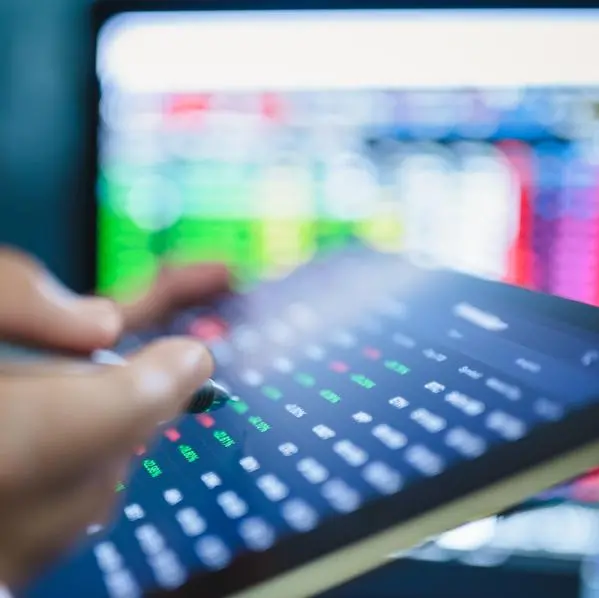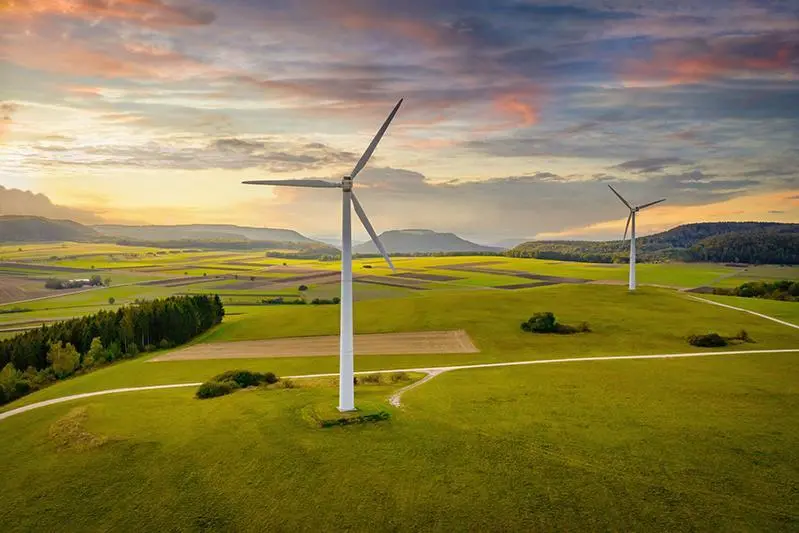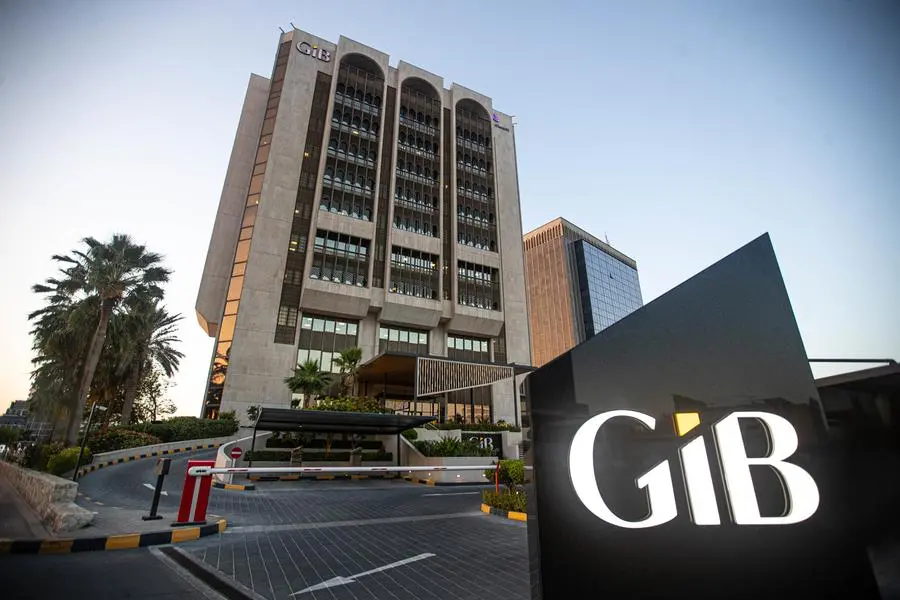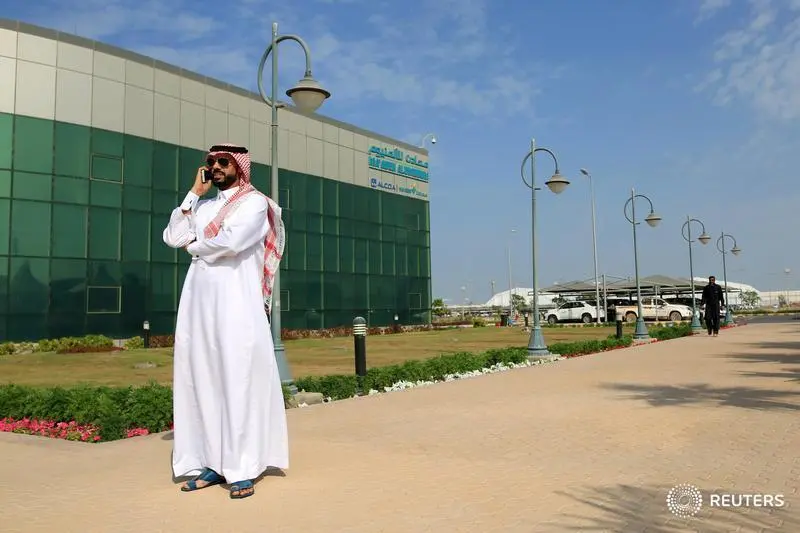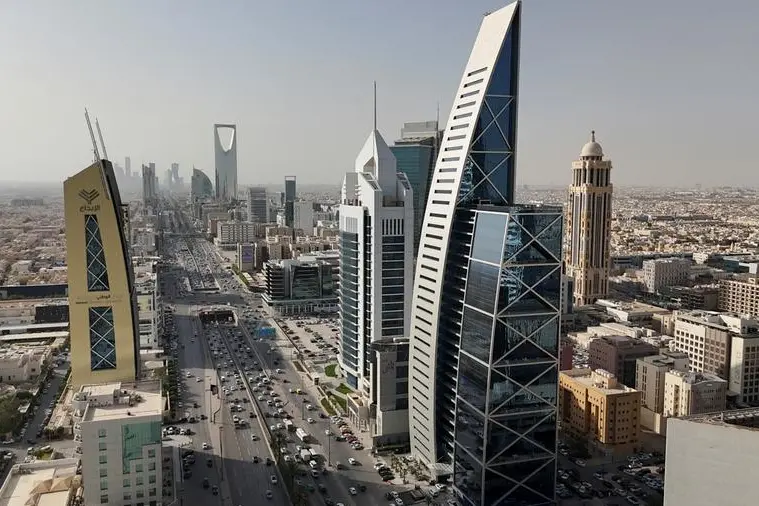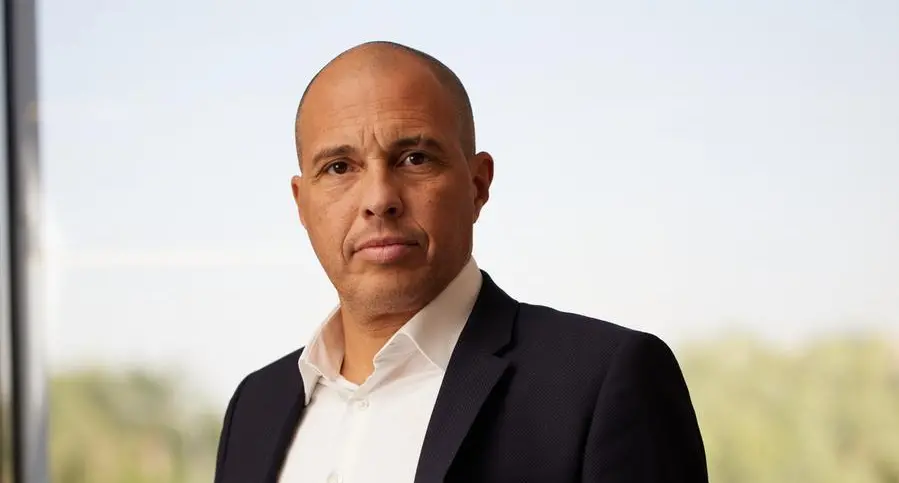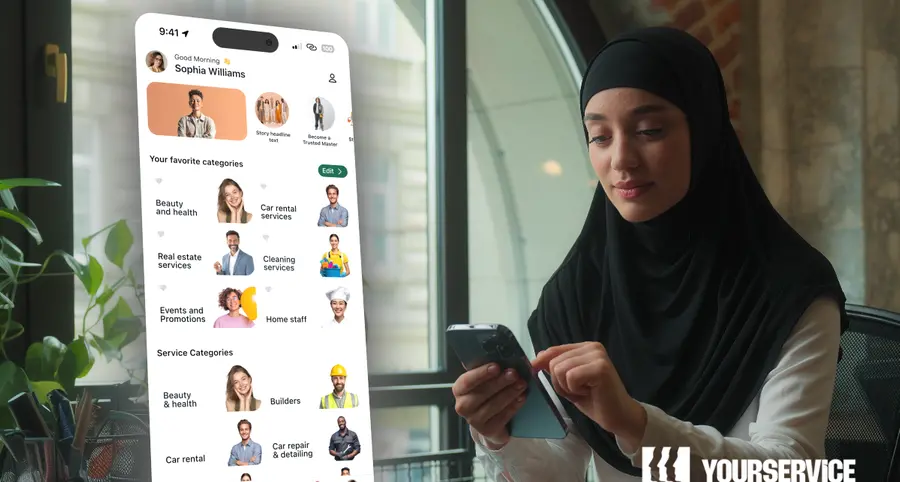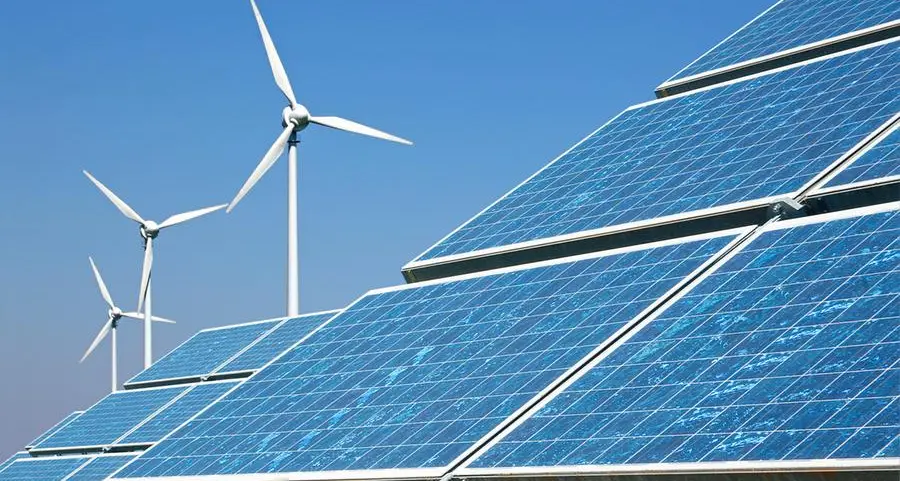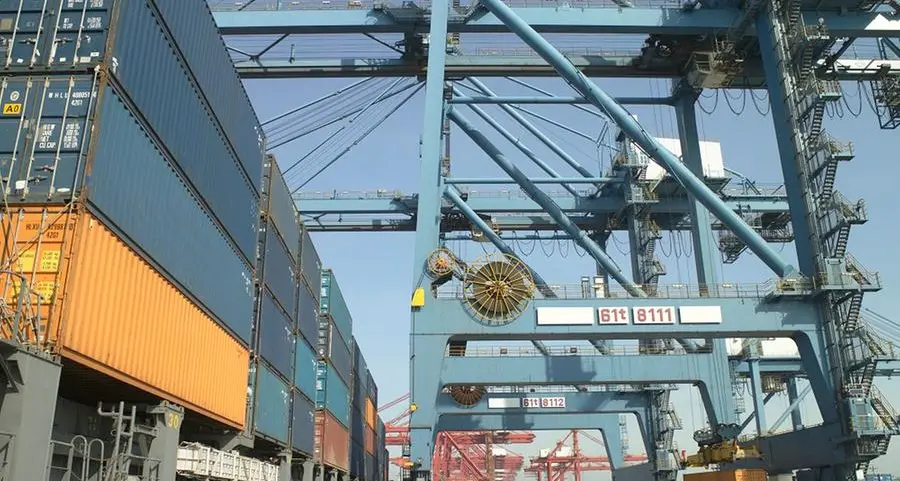PHOTO
Egypt is expected to see a slowdown in foreign direct investments (FDI) due to new US tariffs, but Gulf states could help the country plug its funding shortage over the next two years.
Upcoming investments from the GCC are poised to bridge the projected external financing gap of $10 billion to $12 billion in 2025 and 2026, the National Bank of Kuwait (NBK) said.
Following the UAE’s $35 billion Ras El Hekma deal last year, Egypt is expected to see more inflows from the GCC, with Qatar and Kuwait among those planning new investments.
“Qatar is working towards a $7.5 billion (fresh FDI) investment into Egypt. While reportedly Kuwait could convert its current deposits ($4 billion) at the Central Bank of Egypt into EGP investments,” the bank said.
“The materialisation of such investments, possibly into the real estate sector, would mean further improvement in the net foreign asset position of Egypt’s banking system and give further confidence to the global markets with regards to the external financing dynamics,” NBK added.
The bank noted that Egypt’s external debt payments are set to drop to $14 billion in fiscal year 2026/2027 and $10 billion in the succeeding years. This indicates easing debt repayment pressures of recent years, where maturing external debts stood at $30 billion annually.
Egypt is one of the countries expected to feel an impact from the new US tariffs. According to NBK, the tariffs could slow down FDI flows into Egypt, especially in the energy related sectors.
A slowdown in global trade is further expected to hurt revenues from the Suez Canal.
FDI flows into Egypt reached $23.7 billion during the first nine months of the fiscal year 2023/2024, up from $7.9 billion a year earlier.
A huge chunk of inflows came from the UAE, in wake of the Ras El Hekma investment.
(Writing by Cleofe Maceda; editing by Bindu Rai)
bindu.rai@lseg.com
